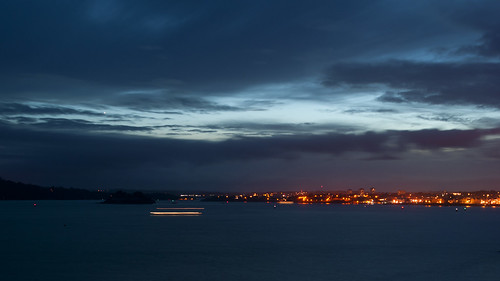The TANK
 Monday, February 29, 2016 at 10:37 tagged
Monday, February 29, 2016 at 10:37 tagged  arts,
arts,  effects,
effects,  resonance,
resonance,  reverb,
reverb,  reverberation,
reverberation,  sonic,
sonic,  tank
tank Back in 2009, we wrote about TANK-FX, a website where you could upload a sound and have it played back in a former water tank somewhere in Germany. After it recorded your played back sound, it would send you back an MP3 of the recording. TANK-FX has since gone defunct, and every so often I think of it and Google it but it really doesn’t seem to exist anymore.

This is why I got quite excited when we got an e-mail about a project called The TANK: a 20 meter tall, 12 meters wide empty steel water tank in Rangely, Colorado. And while it’s functionality is different, it’s quite interesting. “Sonic thinker” Bruce Odland discovered the place in 1976, and it became a place where a small group of musicians and sound artists recorded their music for decades. With a shifting, swirling reverberation longer and richer than the Taj Majal or Great Pyramid, it is quite the acoustic marvel.
By 2012 the TANK was in danger of falling silent. It was decaying in the elements. Luckily, a organisation formed and they succesfully did two Kickstarter projects, and now the TANK is alive and kicking, and serving as an educational place to learn about sound and for musicians to record in. The immersive experience encourages visitors to learn about sound from within, by experimenting through sound, movement, cause-and-effect… A stunning initiative, and a unique place for sonic arts. And while you might not be able to upload sounds and get them back played in the tank (convolution reverbs have become good enough to emulate just that), it does serve an even better purpose, I think. It’ll definitely be on my list the next time I’m in Colorado.

















